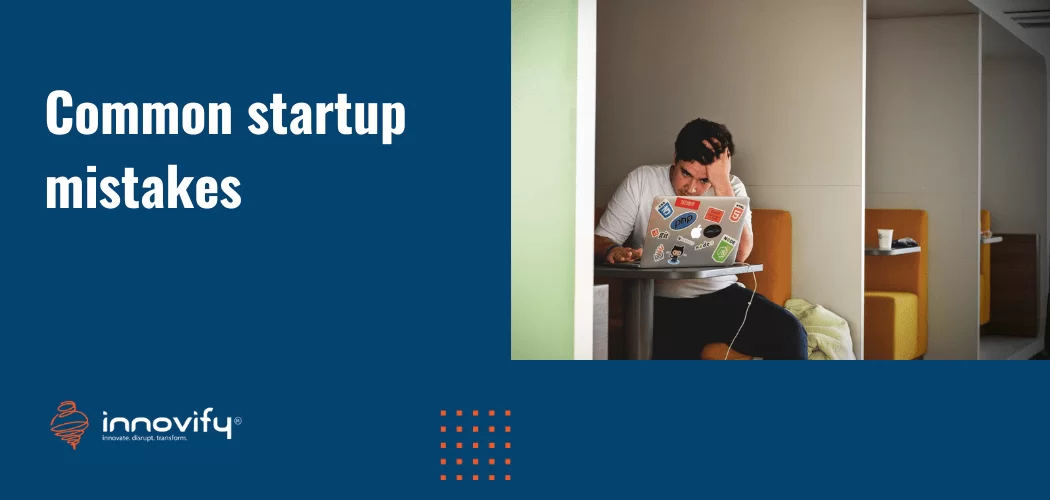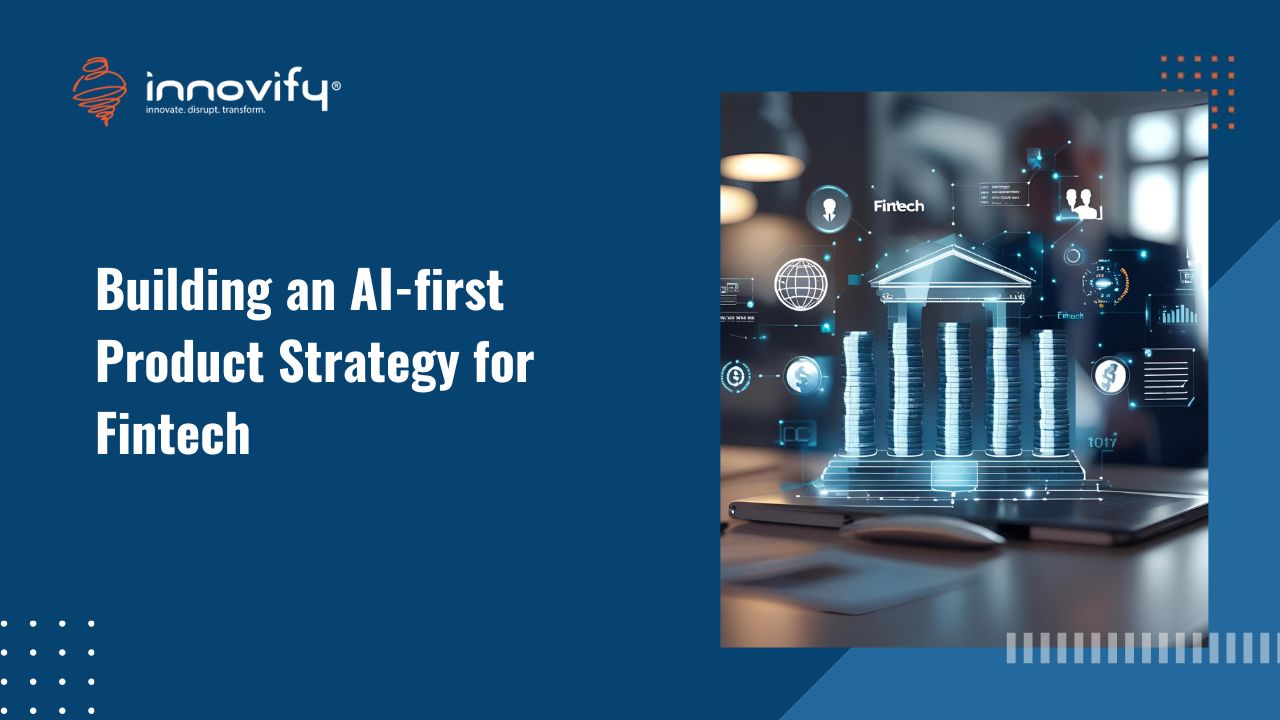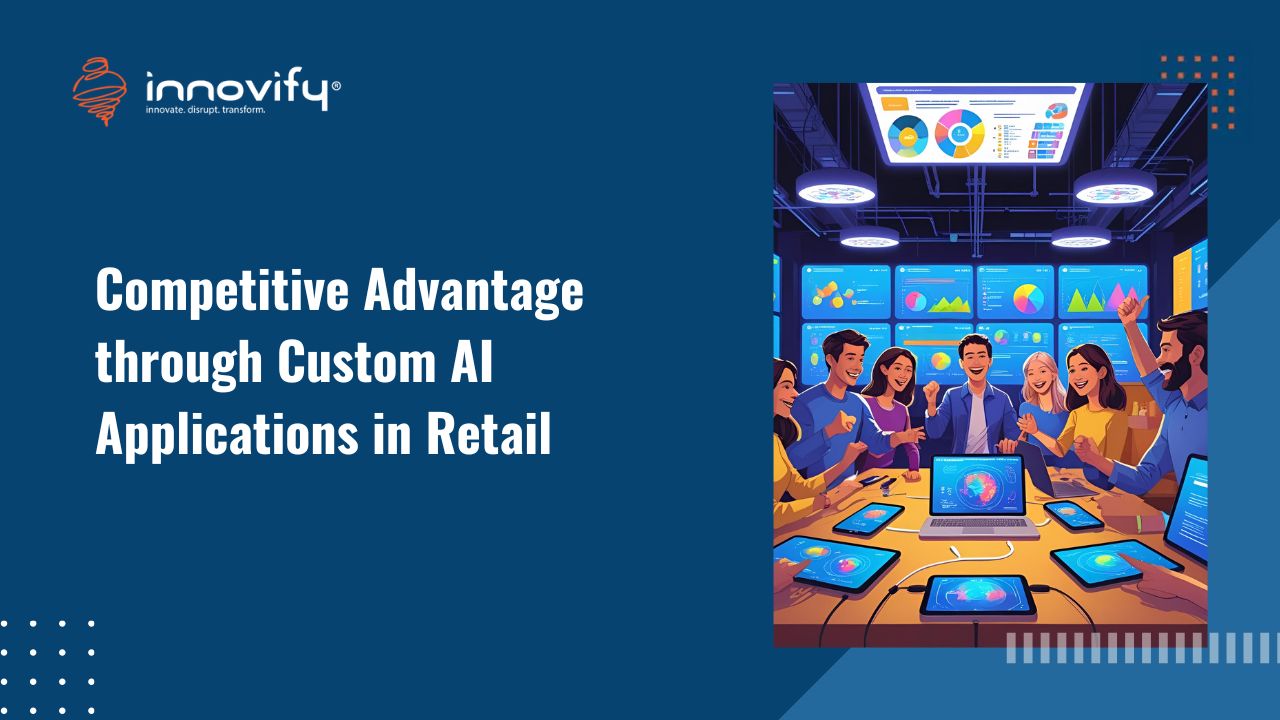AI/ML
14 Mistakes To Avoid While Building MVP For Startups
It’s smart to learn from your mistakes, but it’s even smarter if you learn from other’s mistakes. The same applies to building an MVP for your next startup. You don’t have to make a failed attempt while launching an MVP when you can learn from the common mistakes and eventually launch a successful one.
That’s precisely what we have elaborated on in this article. Bringing a list of eight common mistakes that most startup owners make before and while building an MVP.
However, before that, you must understand what MVP is.
MVP is the initial version of the app that you want to build. It has just enough features to grab the attention of users and potential investors before you launch a fully-fledged app.
What is the Purpose of MVP?
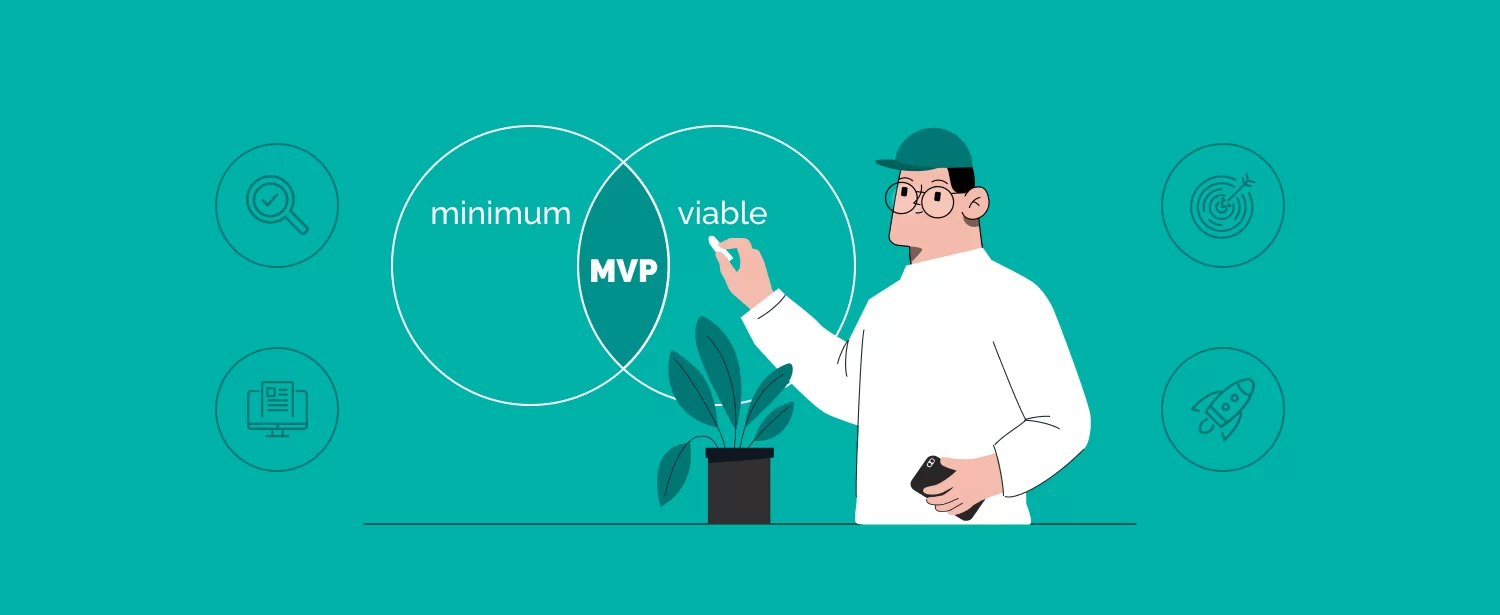
But why launch a half-functional version when you can launch the app itself?
- To validate the ultimate idea
You saw a problem faced by people in their day-to-day lives, and you had an idea to solve the problem with a startup. But what if you had the wrong idea? You can’t risk launching an app to validate your idea. MVP comes into play because it is low risk, low cost, and needs less time to launch. - To understand consumer needs
Maybe you were wrong when identifying the problem. Maybe they don’t need the app you want to create. Maybe they need something else. Get rid of these maybe(s) by launching an MVP. Collect customer feedback before developing the final app. - To save the overall costs
Startups rarely have the budget for building a fully functional app, and they don’t even have investors in the initial process. Building an MVP can be a smart choice to save on the overall cost and attract investors in the initial stage.
Avoid making these 14 mistakes of mvp development for startups
After noticing several startups making the same mistakes, here are eight mistakes that many startup owners make while building their MVPs. We do so, hoping you don’t make them. With that hope, here comes the first mistake to avoid.
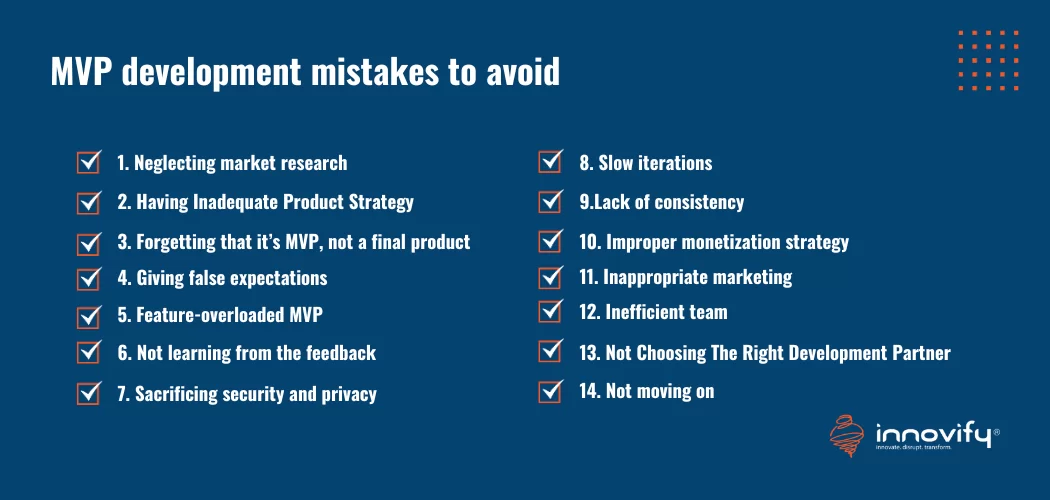
1. Neglecting market research
People often forget to do market research when building an MVP for a startup. Sometimes, entrepreneurs get so excited about their idea that they forget they are making a product for others, not themselves. In this case, they can waste their money and time on a project that will never pay off because no one wants it.
So, before you even start prototyping, you need to make sure of a few important things:
- Who exactly are you expecting to use your service?
- What do they have to deal with?
- How can your website or app solve their problems?
- Who are your biggest competitors and competitors right now, and what makes your idea different?
- How large is your market? How will it change in the short term and the long term?
- Are there any trends in your niche right now? How can you use them in the project you’re working on?
Luckily, you probably won’t decide about each MVP product development step on your own. Instead, you’ll probably work with others, like developers, designers, marketing experts, etc. It’s important to keep an open mind and listen to your team’s words.
2. Having Inadequate Product Strategy
Think of your business as being built around your product strategy. If your engine isn’t working right, you won’t be able to go very far. Many business owners worry about running out of money, but I think a bad product strategy is a much bigger risk.
If you can show that your product works, even if it isn’t breaking any world records yet, you’ll be able to get more money if you need it. But when you get behind on your plan, things get harder.
If you use a product strategy that doesn’t work, you could face the following risks:
- Keeping your workers busy instead of getting work done
- Failing to keep customers interested and loyal
- Using up your marketing budget and not getting enough results
Without a doubt, a bad product strategy can hurt your overall MVP strategies and, by extension, the product itself.
3. Forgetting that it’s MVP, not a final product
If you think your MVP doesn’t look perfect, then it’s perfect. Remember, it’s called a Minimum Viable Product for a reason. It is supposed to provide only the most essential features and nothing more than that.
A few DON’Ts to follow to make sure you don’t over-engineer the next MVP:
- Don’t make every feature from scratch but remember to make use of existing libraries
- Don’t cater to everyone at this stage
- Don’t build a dozen of useless features but build only the two most valuable features
- Don’t generate codes you wouldn’t be able to use in the later revisions
- Don’t spend over three months building an MVP
In the end, don’t under engineer your MVP. Ironic enough? We know, but it’s important to remember that a start-up shouldn’t develop a low-quality product in the name of an MVP.
4. Giving false expectations
One of the most costly mistakes you can make when making an MVP is giving your end users a product different from what you said it would be. When you tell people about your future project, they start to think about what problems it will solve and how it will improve their lives.
You can safely add new features to your product later but keep the core features from the MVP. If you don’t, it will be a fatal mistake for your project and your company’s brand since most people will see it as a lie that can’t be fixed.
You must talk to your users if you still want to give up on your original idea. You should inform them about the change, or if you’ve already released the MVP, you should apologize. It will probably save your reputation and even show that your business is good.
5. Feature-overloaded MVP
We understand the urge to fill your first-ever MVP with features for the best user experience. Though, overloading the MVP with features can be a fatal mistake and result in “kitchen sink syndrome.”
Adding features one after the other will increase the time and cost needed to build an MVP, which refutes the entire purpose of building one.
Employ the MOSCoW matrix method to understand what features to add and what to keep on hold. The table mentioned below elaborates on what the MoSCoW matrix stands for.
| M | Must have |
| S | Should have |
| C | Could have |
| W | Won’t have |
This matrix talks about the features of MVP and what impact, risk, and effort each feature can have.
| Must have |
|
| Should have |
|
| Could have |
|
| Won’t have |
|
Follow the MoSCoW matrix as a bible for including MVP features, and you will never have too much or too little of them.
6. Not learning from the feedback
MVP is supposed to be a testing version of your app that you will eventually improve by incorporating user feedback. During this process, ignoring user feedback is something you can’t afford.
Listening is a virtue, as they say. Hence, instead of being adamant about your project idea, interview users and try to solve their problem by iterations in MVP (more on iterations later in the article).
A product made without user feedback is a product that no one wants. Consider people’s real-life problems and solve the most important part of the problem through MVP.
Customers won’t pay you for the solution you think they need, but they will pay you for the solution to the concern they are facing.
7. Sacrificing security and privacy
You can’t make a bigger mistake than neglecting the security and private information of end-users of an MVP. Safeguarding the privacy of users should be of the utmost priority. We have all seen giant apps like WhatsApp face the dire consequences of breaching user data, financially and otherwise.
Users’ top cybersecurity concerns include
- Cybercrime
- Stolen identity
- Data privacy
Measures to incorporate for building a safe MVP:
- Use multiple authentication protocols, like passwords and biometrics
- If your MVP includes the use of credit cards, use strong encryption like PGP and AES
- In case of online payment feature, incorporate PSD2 compliance
- Frameworks like ISO27001 and NIST should be part of the security culture
- The developing team should know concepts like Security by Design, Privacy by Design, Security by Default, and Privacy by Default
8. Slow iterations
Startups solve a concern that an entrepreneur notices in society. He then comes up with a solution as an MVP. It may happen that the first version of MVP may not solve the problem most desirably. It’s the duty of the founder to come up with more and more versions of the same MVP with the needed revisions.
Moving from one iteration to another has to be speedy so the product finds the perfect fit ASAP. MVPs are improved, so learning from the experience and making fast iterations, one after the other is the only way to succeed.
Another factor that influences the speed of iterations is the method employed by the developers. Mainly, there are two methodologies: Agile and Waterfall. Agile is modern, and waterfall is traditional in its approach. Employing Agile methodology in MVP development can help you make fast iterations, thanks to its weekly-based result practice, which allows you to change the project’s direction.
9. Lack of consistency
MVP development is based on something called the “Cupcake Principle.” You probably can’t make a huge, multi-layered wedding cake from scratch, but you can start with a simple cupcake that gets more complicated and tastes better as it goes.
The same is true for making products. If you skip important steps, don’t thoroughly test your MVP, and rush the launch of your final product, you could still have technical problems or users who don’t want to pay for your product.
Don’t change how you work on your product. Start with the simplest MVP that still works, and make it grow in a way that makes sense and works with your budget, time, and staff. So, you won’t miss any important details and will be able to give your users a product that works perfectly and meets all of their needs and expectations.
10. Improper monetization strategy
It’s all about the money in the end. It will eventually go south if you don’t have a proper monetization strategy. The extra shebang can and should wait until the MVP is built.
However, it’s an entirely different story for monetization. MVP building is the perfect stage to think about how the money will come in.
Though there is less money involved in building an MVP than a full-blown app, it is still substantial. Having a clear idea of how you will recover these costs through MVP keeps you on the safe side, monetarily.
You must have seen many apps monetizing their services later when they get successful. The problem arises when users don’t get comfortable paying for an app they could use for free initially.
Twitter faced a similar backlash from users when they tried coming up with “super follows,” which required users to pay a subscription fee for reading tweets from high profiles.
Hence, it’s better to ease users into paying a minimal fee in the MVP stage so they don’t feel uncomfortable with the transition later.
A few ideas in which you can monetize your MVP:
- In-app adds
- In-app purchases
- Subscription models
- Paid mobile apps
- Premium models
11. Inappropriate marketing
Even if you make a perfect minimum viable product, you might not get the desired results if you don’t tell people about it. It’s also a common mistake for startups to make when making their MVP, which means that their great ideas often get overshadowed by competitors and die quickly.
Marketing that is done well can do wonders. In the past few years, digital marketing has changed a lot, so you have a lot of tools and strategies to choose from. You might also want to work with a marketing agency or hire a professional in the field.
But you need to remember that even a well-planned marketing campaign doesn’t work right away. Because of this, you need a “safety cushion” for the time being. You should plan for marketing costs in your budget and, if possible, find a promotion partner and make a marketing plan ahead of time.
12. Inefficient team
What is more important to executing a project than the team behind it while we wait here? Still, many startups make the mistake of hiring an inefficient team. Here, we present possible solutions to this problem.
A team for building an MVP may include mentors, designers, advisors, technical stakeholders, and more professionals, depending on your niche.
There are three ways to form a team:
- Hire a software development company
- Pick professional freelancers
- Find a technical co-founder or a CTO
Let’s discuss what will happen if you choose any of these options, respectively.
- If you decide on a software development company, they will find the right fit of talent needed for different tasks in building MVP. This can be a great option if you have the budget and not enough time to constantly be on the feedback loop with the developers.
- If you pick professional freelancers, you must select them separately as designers, developers, consultants, and others. However, on the bright side, you can employ them according to your needs and budget. For instance, if you’re a technical founder, you wouldn’t have to hire another.
- If you hire a full-time CTO or technical founder, it can pay off in the long run. However, finding a CTO with the right soft and hard skills and who also lies in the budget is difficult.
13. Not Choosing The Right Development Partner
This mistake may sound similar to the one above. However, it is a little different. The right development partner understands your needs, expectations, and motivations correctly.
Finding the right development partner can be a tricky task when you are exposed to so many options in the market. Although there are very few quality developers who provide quality services while staying within budget.
Characteristics of the right MVP development partner:
- Understands long-term vision
- Provides improved MVP from the first iteration
- Helps in releasing fast
- Commits no compromise in security and privacy
- Lies in the budget
- Has the right experience and portfolio
14. Not moving on
After launching and promoting your MVP, remember you still have a long, bumpy road ahead. You need a plan for growth because your users won’t be happy with just the basics. Your project will be successful in the long run if you do iterations regularly and carefully.
To do this, you need to plan your steps and budget ahead of time, and your MVP should be scalable so that you don’t get stuck at the first level. Also, be honest when judging your product and pay more attention to feedback than your preferences. Don’t forget that you’re making the MVP for your users, not for yourself. So, your goal is to ensure your product meets all of their needs and expectations.
Avoid making these mistakes to build a successful MVP
These were the common mistakes that startups usually make while building MVPs. Make sure you don’t make them, and it’s perfectly normal if you make a few other ones. At the end of the day, it’s about learning from the process.
We hope you have sorted out the post-launch of your MVP, designing a distinctive logo, tone of voice, marketing strategies, social media presence, talking to your industry’s influencers, and other important tasks.
We wish you good luck with a successful MVP release. We hope you have a successful app release someday as well.
Frequently Asked Questions
Why is MVP essential for startups?
Building MVP helps save overall costs, reduce risk, gain early buyers for the project, and improve the idea of the final app. Most startups can’t afford to release a full-blown app initially, which isn’t worth the risk. So, releasing an MVP first is always a good way to start.
What are the common mistakes made by startups while building MVP?
Startups make the following common mistakes while building an MVP:
- Hiring an inefficient team
- Not choosing the right development partner
- Slow iterations
- Ignoring the safety and privacy of users
- Improper monetization strategy
- Not giving importance to feedback
- Overloading MVP with features
- Forgetting that it’s MVP, not the final product
How to make the perfect MVP for a startup?
Building a perfect MVP is not that difficult if you notice the common mistakes startups make while building their MVPs. Choose the right MVP development partner, and don’t commit mistakes that other startups have made previously.
We will assist you in launching your startup while guiding you through all potential risks.
We are here to ensure your growth and success.
Contact us today to find out how we can help your startup grow.
FAQs
What are some best practices for developing an MVP?
Ans – Best practices for developing an MVP include focusing on solving a specific problem, keeping the product simple and easy to use, testing it with real customers, collecting data and feedback, and using that feedback to make improvements.
What is the role of a product roadmap in MVP development?
Ans – A product roadmap outlines the planned development of a product over time. It helps to prioritize features and ensure that the product is developed to align with the company’s goals and vision.

